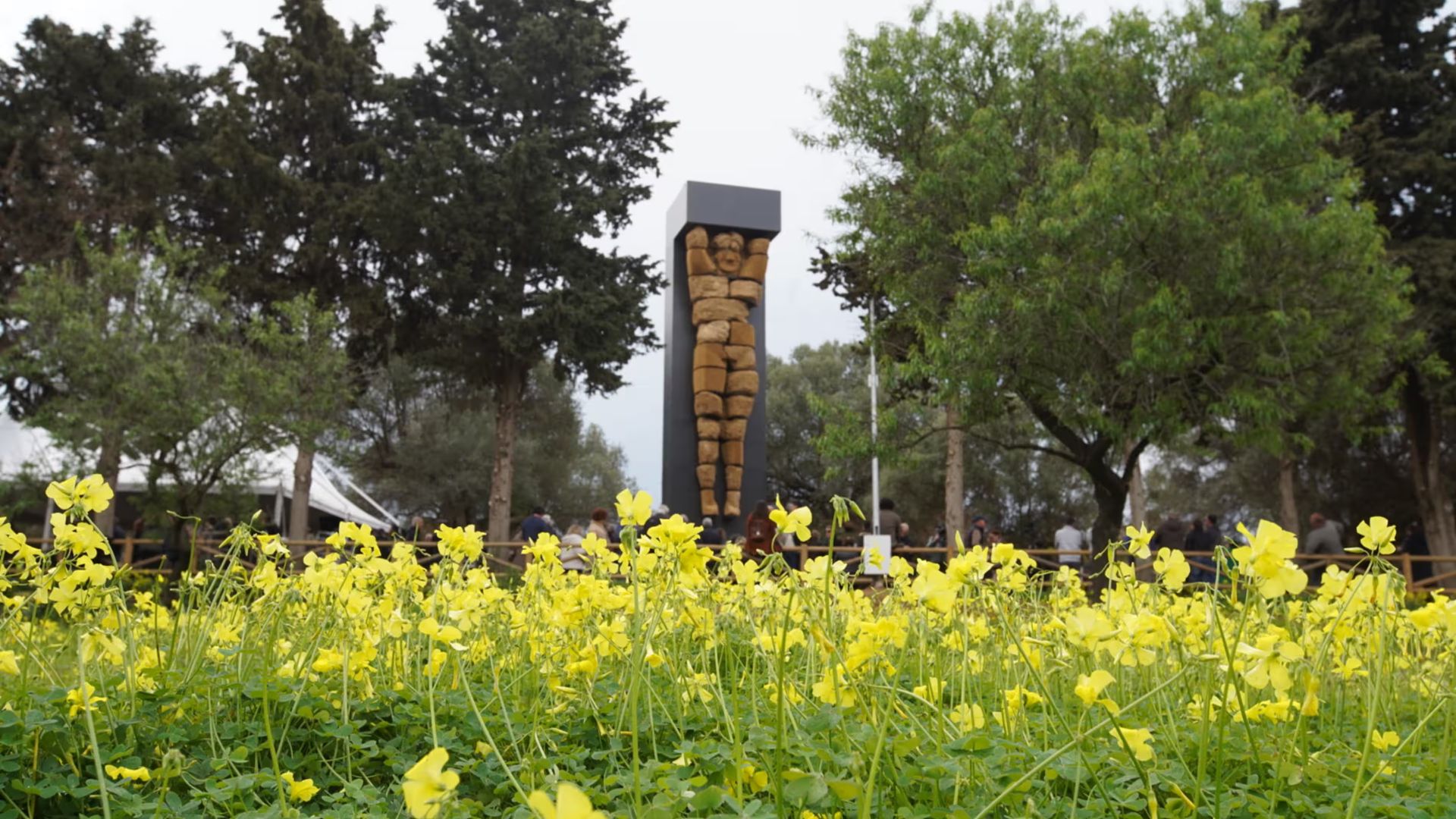A monumental restoration project spanning two decades led to the resurrection of an ancient marvel: a colossal Atlas statue dating back to the fifth century BC, now proudly displayed in the Valley of the Temples in Sicily’s Agrigento.
Once buried among the ruins of the Temple of Zeus, this eight-meter-tall figure, one of nearly 38 adorning the temple, now stands tall as a testament to ancient craftsmanship and mythology.
According to the guardian, the statues were discovered in 1812 by Charles R Cockerell, a young British architect who was visiting Agrigento to study the ruins of the ancient city of Akragas, founded in about 582BC.
In Greek mythology, Atlas was a Titan or god, who was forced to bear the sky on his shoulders after being defeated by Zeus, one of the next generation of gods called Olympians.

In 1920, the archaeologist Pirro Marconi unearthed various artefacts that led to the reconstruction of the first Atlas, which is preserved inside the Archaeological Museum of Agrigento.
The reconstruction process involved stacking blocks of sandstone meticulously, utilizing a metal structure to ensure stability. This meticulous effort, overseen by the German Archaeological Institute of Rome, resulted in not only the resurrection of the Atlas but also the cataloging of fragments from at least eight others.
In 2004, the Valley of the Temples park launched an extensive research campaign led by the German Archaeological Institute of Rome and overseen by Heinz-Jürgen Beste.
The study led to the meticulous cataloguing of 90 more fragments linked to at least eight distinct Atlases. Consequently, the decision was made to reconstruct a new Atlas, assembling it methodically, fragment by fragment, and positioning it proudly in front of the Temple of Zeus.
Source: the guardian

